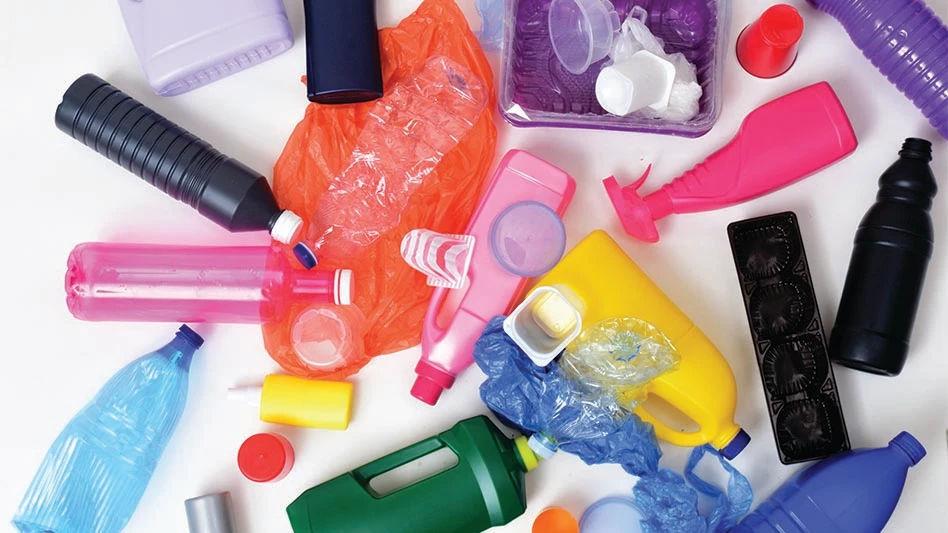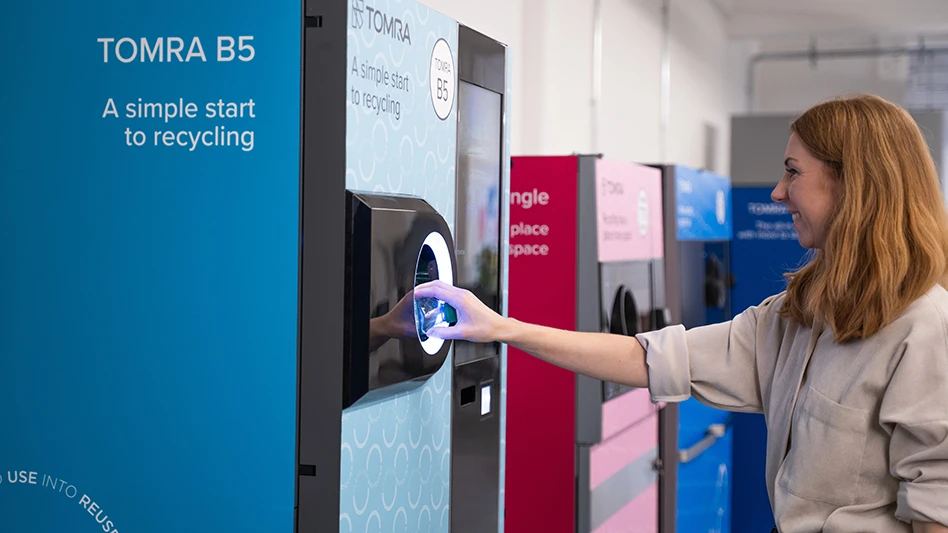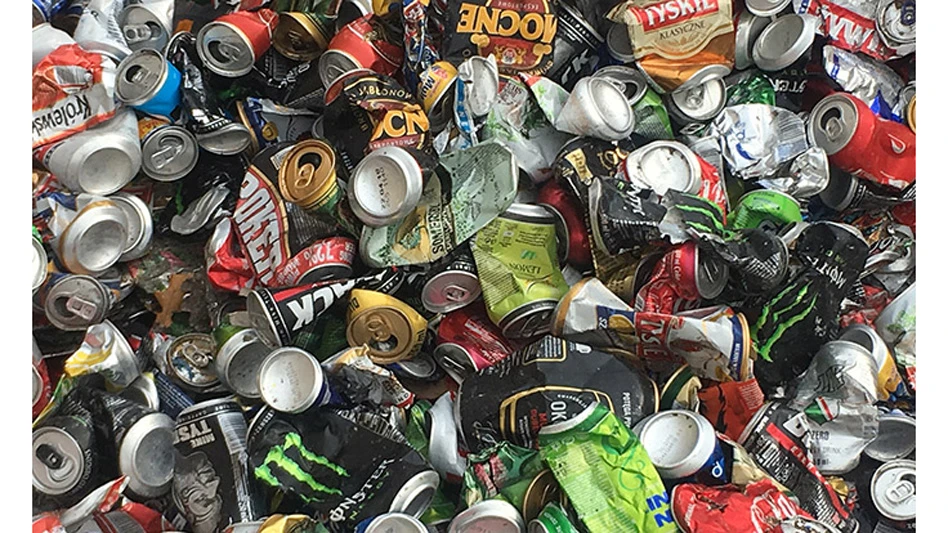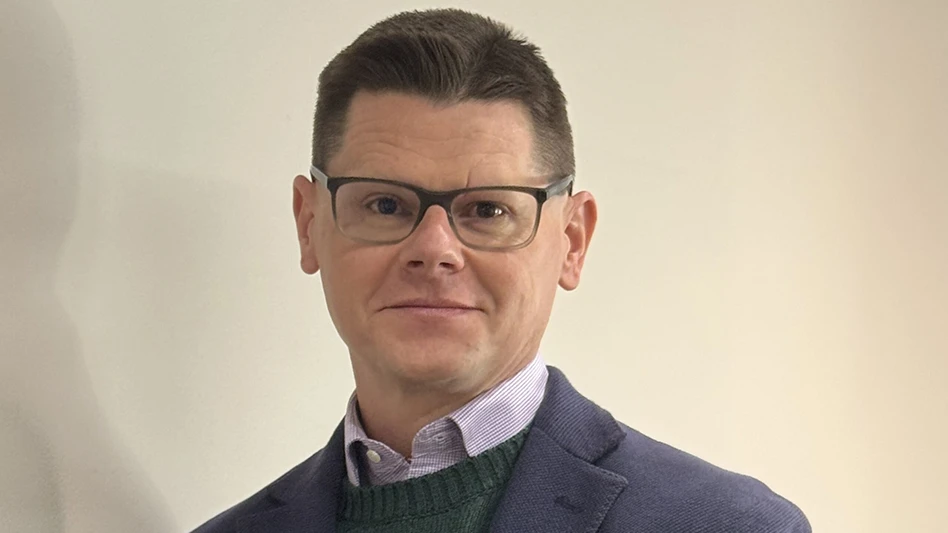
curto | stock.adobe.com
Ahead of the next round of United Nations negotiations for a legally binding plastics treaty in Geneva, or INC-5.2, an international consortium of scientists recently published a peer-reviewed scientific paper they say demonstrates the need for the treaty text to include mandatory plastic production cuts as an essential strategy to meaningfully reduce the “existential threat” of plastic pollution.
The consortium cites research claiming the world produces more than 500 million tons of plastic annually, with current projections for production expected to triple by 2060 if no interventions take place, according to additional research published by the Berkeley, California-based Global Alliance for Incinerator Alternatives (GAIA). The consortium says plastic is made from 99 percent fossil fuels, and it is estimated that to stay within the 1.5 to 2 degrees Celsius threshold established by the Paris Agreement, primary plastic production needs to be reduced by a minimum of 11.8 percent—17.3 percent annually—beginning in 2024.
RELATED: Plastics treaty talks to resume in August | BIR World Recycling Convention 2025: A troubled global plastics treaty
‘There is a growing body of literature stressing the importance of ensuring the global plastics treaty includes measures across the full life cycle of plastics and its products,” says Tara Olsen of the University of Copenhagen, the paper’s lead author. “A crucial element of this policy mix is the need to address the growing rates of primary plastics production.”
Based on available science, the paper also concludes:
- Previous international environmental agreements show that voluntary targets do not work. They must be legally binding, and each ratifying country must develop benchmarks to assess progress.
- Global targets must translate to legally binding national targets for all states, based on the principle of common but differentiated responsibilities (CBDR).
- Progress toward targets must be assessed by an independent body of scientists and targets themselves can be amended based on new scientific research.
- “Loopholes” such as plastic offsets have the same negative effect as carbon credits, undermining reduction efforts, according to the authors, who add that such policy instruments should not be included in the treaty.
The paper cites the Montreal Protocol on Substances that Deplete the Ozone Layer (1987) as an example of an international agreement that succeeded in its task of halting the threat of a vanishing ozone layer, precisely because it set a legally binding target, benchmarks and a mechanism for independent assessment.
“History shows that successful international environmental treaties are possible, as long as they have teeth,” says co-author Neil Tangri of the University of California, Berkeley. “We can learn from these past successes by enacting a plastics treaty with mandatory production cuts and national plans to achieve them.”
At the last round of treaty negotiations, held late last year in Busan, South Korea, more than 100 countries showed support for a global target to reduce plastic production. While the latest treaty text to be considered ahead of INC-5.2 does include an option for a binding plastic production reduction target, the consortium notes the text has yet to include the need for binding national targets to ensure a global target is reached, as well as a mechanism to assess progress toward reaching the overall goal. The researchers say there also is no guarantee that a binding target will make it into the final text.
“Indisputable evidence shows that plastic production levels are not sustainable and must be reduced to protect people and the environment,” says co-author Bethanie Carney Almroth of the University of Gothenburg, Sweden. “Including globally mandated obligations to reduce production in the plastics treaty can provide tools to achieve this goal.”
INC-5.2 will take place Aug. 5-14 and will be preceded by regional consultations Aug. 4.
Latest from Recycling Today
- ReMA urges open intra-North American scrap trade
- Axium awarded by regional organization
- China to introduce steel export quotas
- Thyssenkrupp idles capacity in Europe
- Phoenix Technologies closes Ohio rPET facility
- EPA selects 2 governments in Pennsylvania to receive recycling, waste grants
- NWRA Florida Chapter announces 2025 Legislative Champion Awards
- Goldman Sachs Research: Copper prices to decline in 2026





